Let’s head to 15th-century China and learn about art from the master painter, Shen Zhou (pronounced Shun Jo), from the Ming Dynasty!
So beautiful! Poet on the Mountaintop is one of my favorite artworks. I like to imagine myself in this place.
Chinese brush paintings from the Ming Dynasty have several key conventions (characteristics) in common. Compare this list with the artwork to better understand these artworks.
- Artists usually used only black ink. To make lighter areas, they would add water. When you do an artwork in black and white, you have to focus more on composition without relying on color. In this case, removing the color helps us focus on the brushstrokes and composition.
- They used a variety of different types of brushstrokes. Look through the artwork and make a list of the brushstrokes you see. Or, better yet, see if you can reproduce them with watercolor and a paintbrush!
- People are shown very small in comparison with nature. This connects to the Buddhist belief of living in harmony with nature.
- Artists did not paint the landscapes as they looked. They used their own self-expression and creativity to make their picture.
Does Poet on a Mountaintop look familiar? I also featured it in a post in the Spring (5 Artworks to Promote Introspection). I even created a printable worksheet for this artwork for that post.
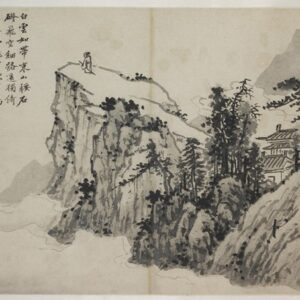
Free Worksheet!
Shen Zhou’s Poet On A Mountaintop
Head to 15th-century China and learn about art from the master painter, Shen Zhou (pronounced Shun Jo), from the Ming Dynasty using this art worksheet.
Here’s another:
Art Discussion Questions
- The artwork was done in black only. What impact does that give? How would this artwork be different if it were in color? Why do you think the artist chose to paint in black only?
- How many different brushstrokes can you find?
- Why did the artist chose to paint the people and man-made structures so small? What message do you think he was trying to convey by doing this?
- Imagine you are in this place. What do you see, smell, and hear? What would it feel like to be in this place? How would it feel to step out of your day-to-day life and away from the conveniences and technology you use? How might you feel differently about the world after experiencing this place? Use the exploring art with the 5 senses worksheet.
Chinese Art Project
Make your own Chinese Brush Painting! Use acrylic paint watered down, ink with a paintbrush, or black watercolor to make an artwork similar in style to the work of Shen Zhou. Practice different brushstrokes and try to make light areas and dark areas. Look at the above list of conventions and see if you can include them all in your painting.
Supplies for Chinese Brush Painting Project
If you want to make your own Chinese Ming painting, check out these supplies. Please note, this post includes Amazon affiliate links. As an Amazon Associate I earn from qualifying purchases.


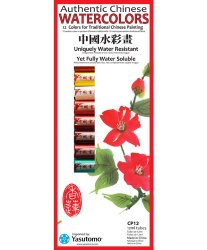
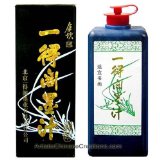

- The Chinese Brush Painting Bible: Over 200 Motifs with Step by Step Illustrated Instructions
- 100 sheets Japanese Chinese Calligraphy Rice Paper
- Yasutomo Authentic Chinese Watercolors 12 Set
- Chinese Calligraphy Black Ink
- Chinese Calligraphy / Kanji / Sumi Drawing Brush for Beginners
That’s it! Thanks for reading. I’d love to hear your thoughts about the artwork in the comments. Click here to find more art from around the world, and come back tomorrow for a trip to Korea!

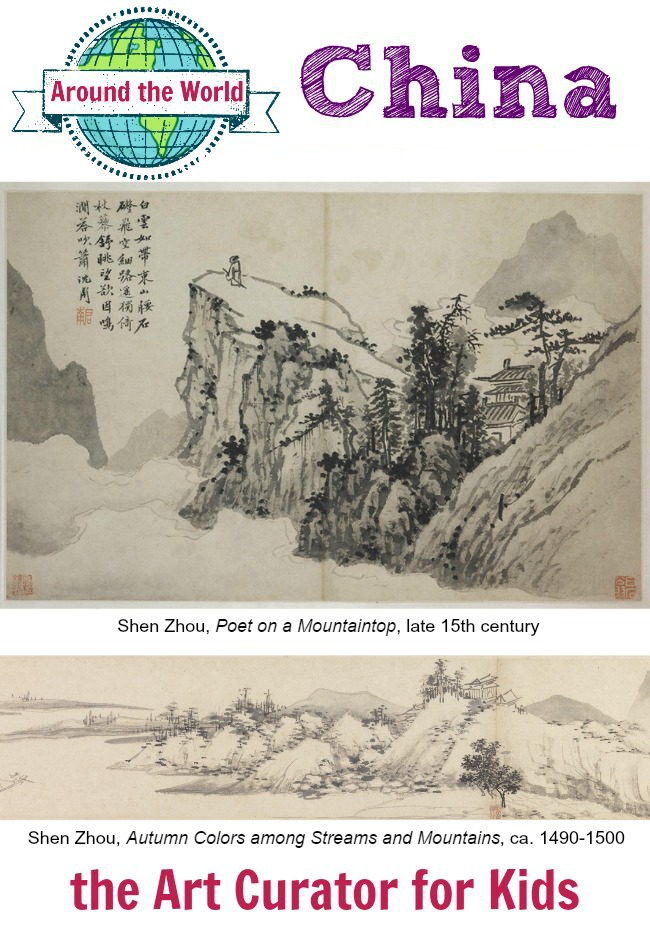
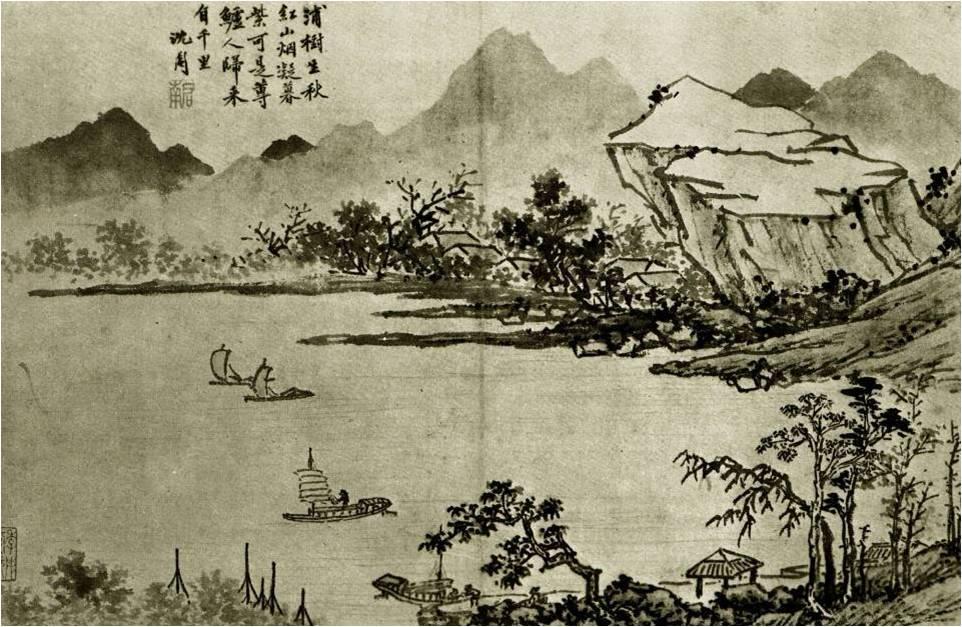
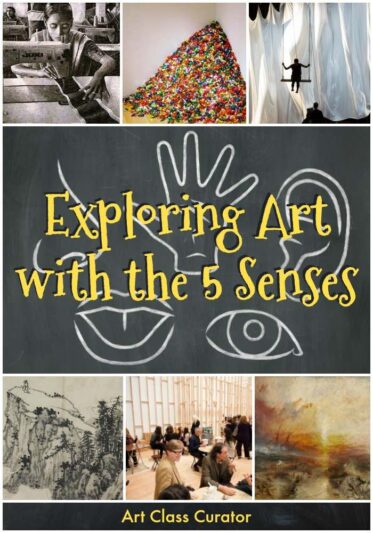
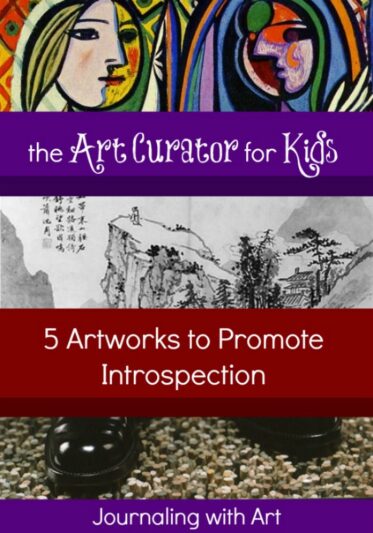
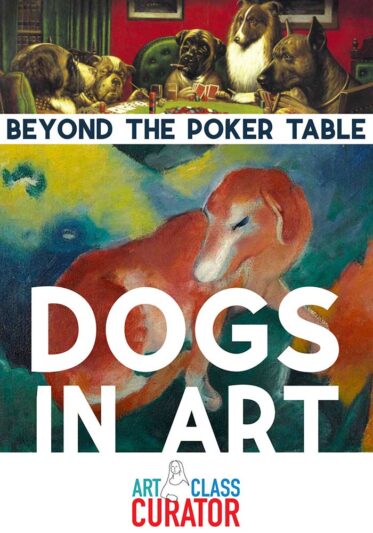

Wow, that’s amazing! Do you known Mandarin (or someone else in the family?) too or are you learning along with them? I actually have a China project round-up post in the works, but it probably won’t be posted until after Christmas. I do have a Pinterest board started for it though–http://www.pinterest.com/artcurator4kids/chinese-art-projects-for-kids/. It was kind of hard to find stuff that isn’t just for Chinese New Year. I will keep looking though.